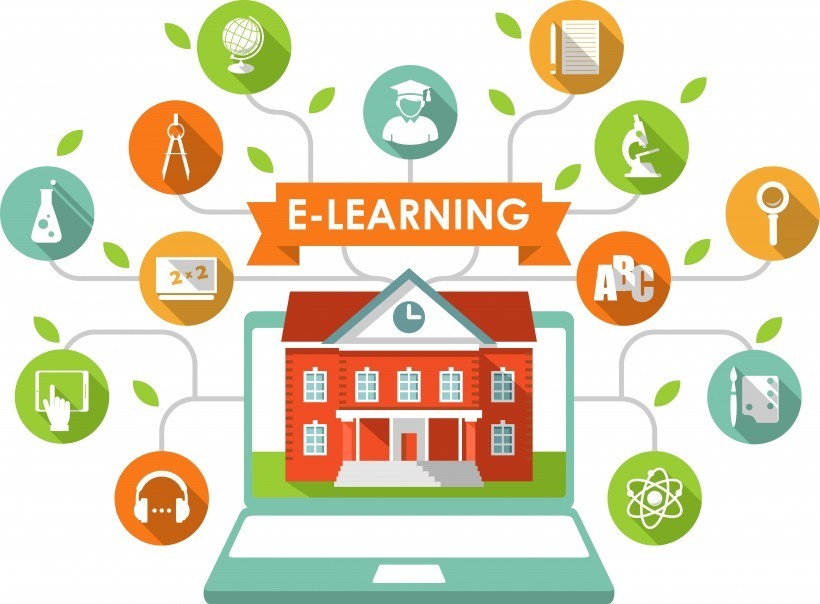Open Learning Materials: Advantages And Challenges
OER, or Open Educational Resources, are free teaching and learning materials anyone can access, use, and modify. They include textbooks, quizzes, videos, and other educational resources that support learning. OER have become popular due to their cost-effectiveness, ability to democratize education, and potential to provide equal opportunities for learners worldwide. Implementing OER requires careful planning, identifying resources, customization, and developing guidelines. Using OER has advantages, such as cost savings, access to education, and collaboration, as well as disadvantages, like quality control, lack of support, and copyright issues. The future of OER looks promising as more organizations invest in these resources, and technology advancements make it easier to access and distribute OER.
Open Educational Resources: What Are They?
Open Educational Resources, or OER, are teaching and learning materials that are freely available to use, adapt, and share. These resources can be anything from textbooks, lesson plans, quizzes, videos, or any other learning material that can be used to support education. The adjective "open" refers to the fact that the materials are available to anyone, without restrictions or costs. OER are typically licensed under Creative Commons or other open licensing frameworks, allowing educators to use, modify, and redistribute the resources legally. OER have become a popular topic in education, as they offer a solution to the problem of access and affordability. By providing free access to educational resources, OER have the potential to democratize education and provide equal opportunities for learners worldwide.
Why Are Open Learning Materials Gaining Popularity?
The popularity of OER has grown in recent years due to several factors:
- Cost savings
With the high cost of textbooks and other educational resources, many students need help to afford the materials they need for their studies. OER offer a cost-effective alternative to traditional educational resources, allowing students to access high-quality learning materials without the burden of high costs. - Collaboration
OER encourage collaboration among educators, allowing them to collaborate to create and share resources. This can lead to increased innovation, creativity, and sharing of best practices in education. - Quality and relevance
OER offer a platform for educators to share their knowledge and expertise, creating high-quality, relevant learning resources that others can adopt and improve. This ensures that the learning materials are up-to-date, relevant, and engaging for students. - Access to education
OER offer a solution to the problem of access to education in many parts of the world. In developing countries, access to educational materials can be limited, and OER offer a solution to this issue by providing free access to resources.
How Can You Implement OER At Your Institution?
Implementing OER at your institution requires careful planning and consideration. The following steps can help you get started:
- Assess your needs
Begin by assessing the needs of your institution and identifying where OER can have the most significant impact. Consider which courses or subjects would benefit from OER and identify potential collaborators. - Identify resources
Identify existing OER materials that can be used, adapted, or modified to fit your needs. Many OER repositories, such as OER Commons, offer a wide range of resources that can be used for free. - Adapt and customize
Once you have identified the resources you wish to use, adapt and customize them to fit your institution's needs. This may include adding or removing content, changing the format, or modifying the resource to fit your curriculum. - Develop guidelines
Develop guidelines for using OER at your institution, including how to search and access OER, how to evaluate resources, and how to attribute the materials. - Train faculty and staff
Provide training and support to faculty and staff on how to use and implement OER in their courses. This may include workshops, tutorials, and training sessions. - Evaluate effectiveness
Finally, evaluate the effectiveness of your OER implementation by collecting feedback from faculty, staff, and students. Use this feedback to improve and refine your OER program.
The Pros And Cons Of Using Open Learning Materials
Like any educational initiative, using OER has advantages and disadvantages. Some of the pros of OER include the following:
- Cost savings
OER provide cost savings for students, reducing the cost of education. - Access to education
OER provide free access to educational resources, particularly in developing countries where access to educational materials may be limited. - Collaboration
OER encourage collaboration among educators, leading to increased innovation and sharing of best practices in education. - Flexibility
OER are flexible, allowing educators to modify and adapt resources to meet the needs of their students and curriculum.
However, there are also some potential drawbacks to OER:
- Quality control
The quality of OER can vary widely, and there may need to be a standardized system for evaluating the quality of resources. - Lack of support
Using OER may require more work and support from faculty and staff to adapt and customize the materials to fit their curriculum. - Copyright issues
OER relies on open licensing frameworks, which can create issues around copyright and attribution. It is essential to understand the licensing terms and requirements before using OER.
How To Convince Skeptics That OER Are The Right Choice
If you are facing resistance to OER implementation at your institution, there are several strategies you can use to convince skeptics:
- Start small
Begin by implementing OER on a small scale, such as in a single course or subject area. This can help demonstrate OER's benefits and build support for their use. - Highlight cost savings
One of the most significant benefits of OER is the cost savings they can provide for students. Highlighting this benefit can help win over skeptics who may resist change. - Focus on quality
While quality can be a concern with OER, many high-quality resources are available. Highlighting these resources and demonstrating their effectiveness in the classroom can help alleviate quality concerns. - Provide training and support
Skeptics may be more open to OER if they feel confident in their ability to use and adapt the materials. Providing training and support to faculty and staff can help to build confidence and increase support for OER. - Collaborate with stakeholders
Working with stakeholders, such as faculty, staff, and students, can help to build support for OER implementation. Involve these groups in the decision-making process and solicit their feedback and input.
What Is The Future Of OER?
The future of OER is bright, with many organizations and institutions investing in developing and promoting Open Educational Resources. There are already many successful examples of OER implementation in higher education, and the use of OER will likely continue to grow. As technology advances, OER will become even more prevalent in education. The rise of online and blended learning models has made distributing and accessing OER materials easier, and this trend will likely continue. In addition, many organizations are working to improve the quality and accessibility of OER, which will further drive adoption in education.
Conclusion
In conclusion, Open Educational Resources (OER) is a rapidly growing movement in education that has the potential to provide equal opportunities for learners worldwide. OER can offer cost savings for students, encourage collaboration and innovation among educators, and provide access to education where it may not otherwise exist. Implementing OER at your institution requires careful planning and consideration, but the benefits can be significant. While there are potential drawbacks, organizations are working to improve the quality and accessibility of OER, and their use is likely to continue to grow. If you are facing resistance to OER implementation, focusing on cost savings, quality, and providing training and support can help win over skeptics. By adopting OER, institutions can contribute to a more equitable and accessible education system for all learners.









